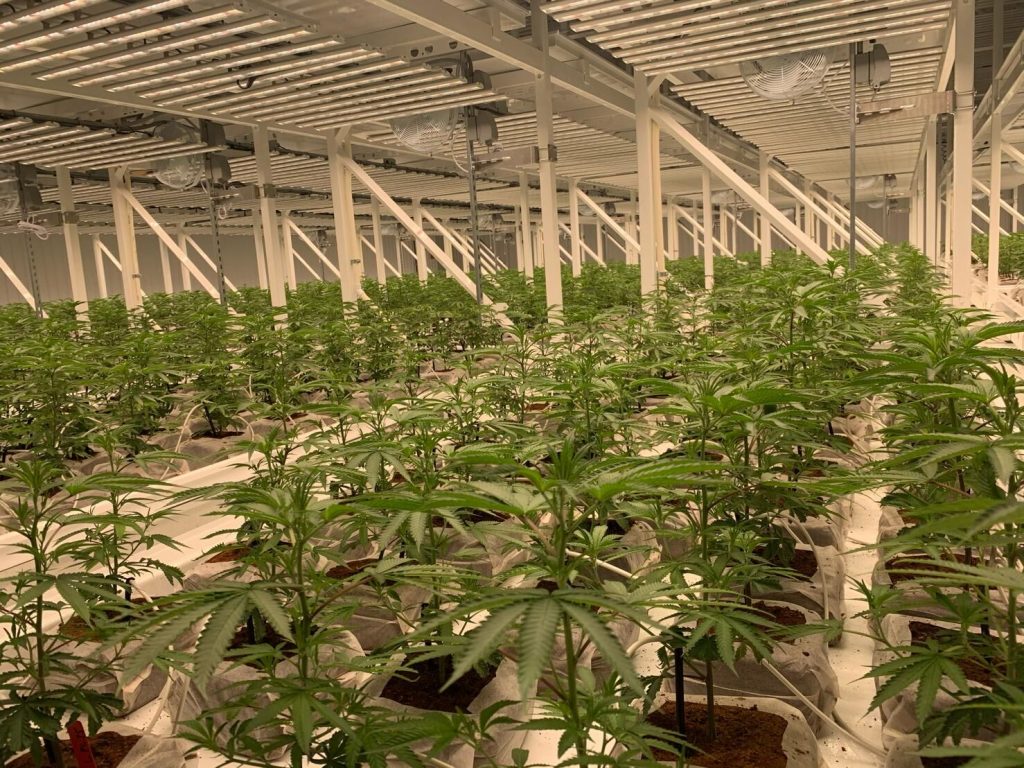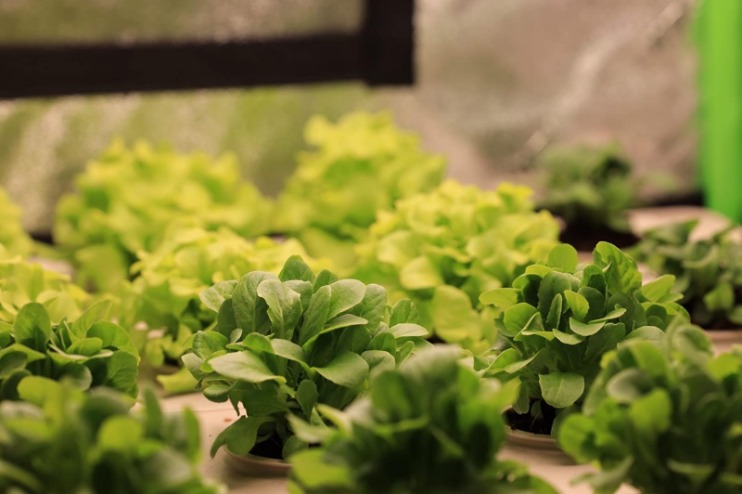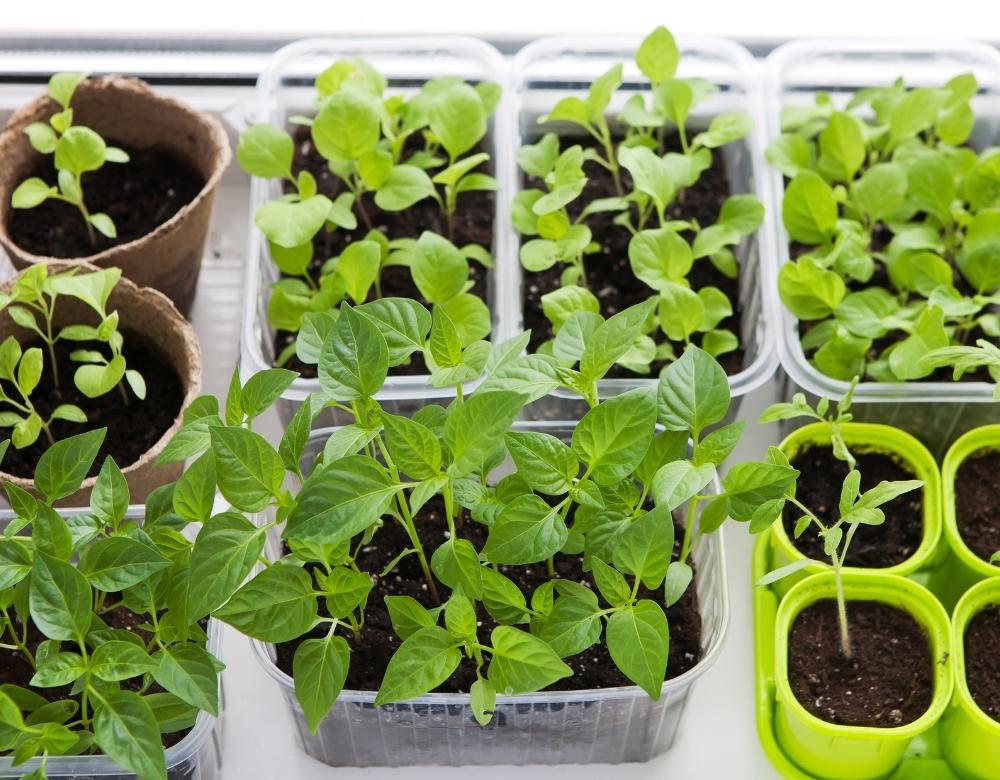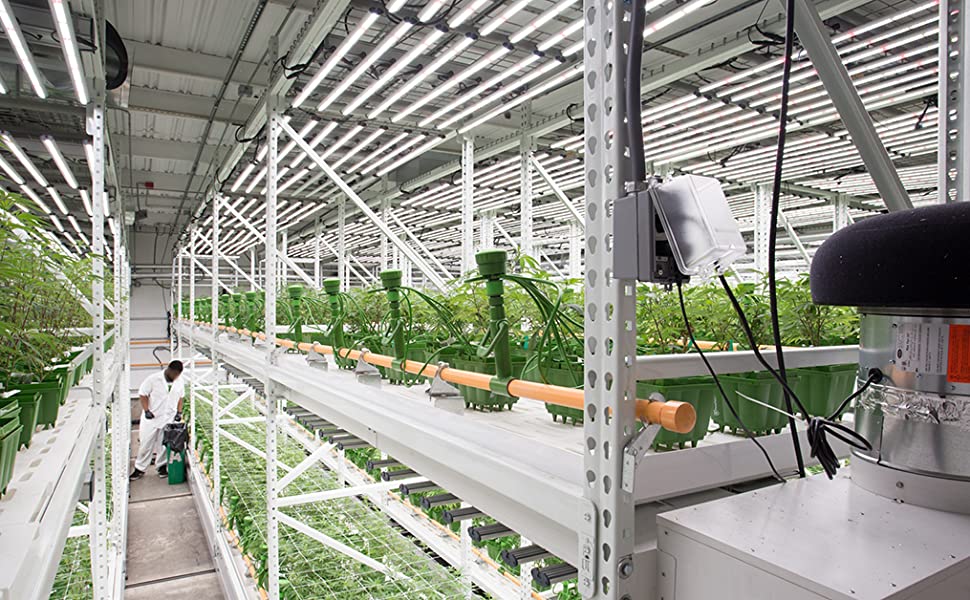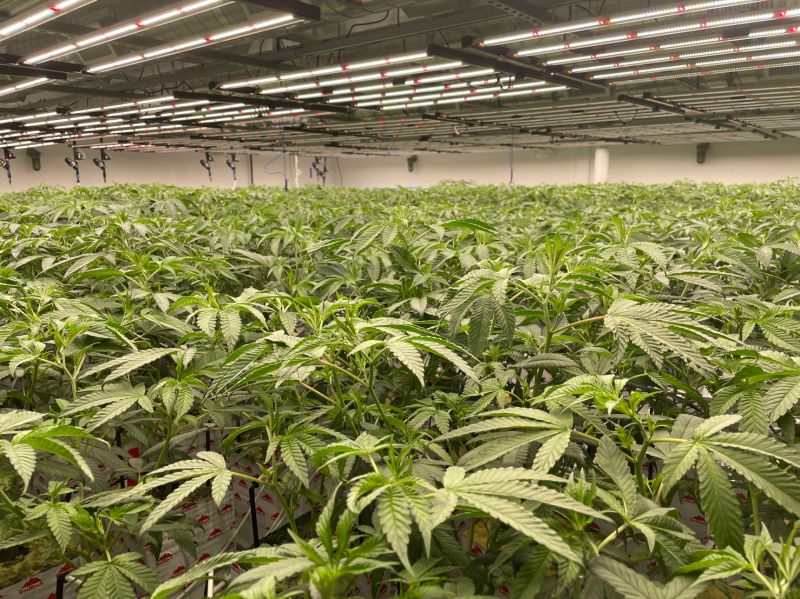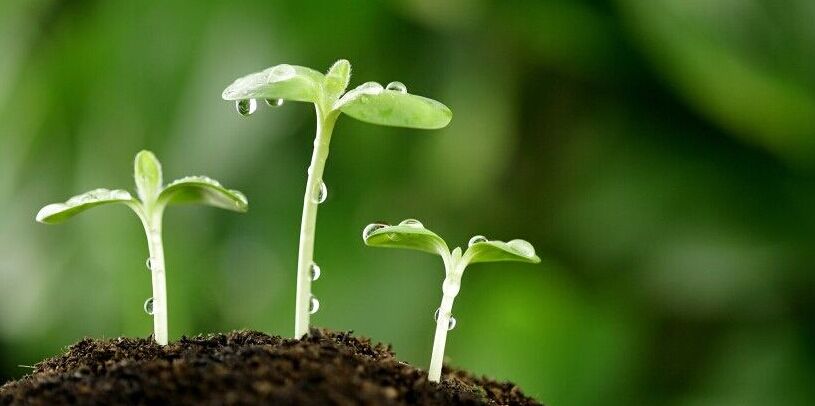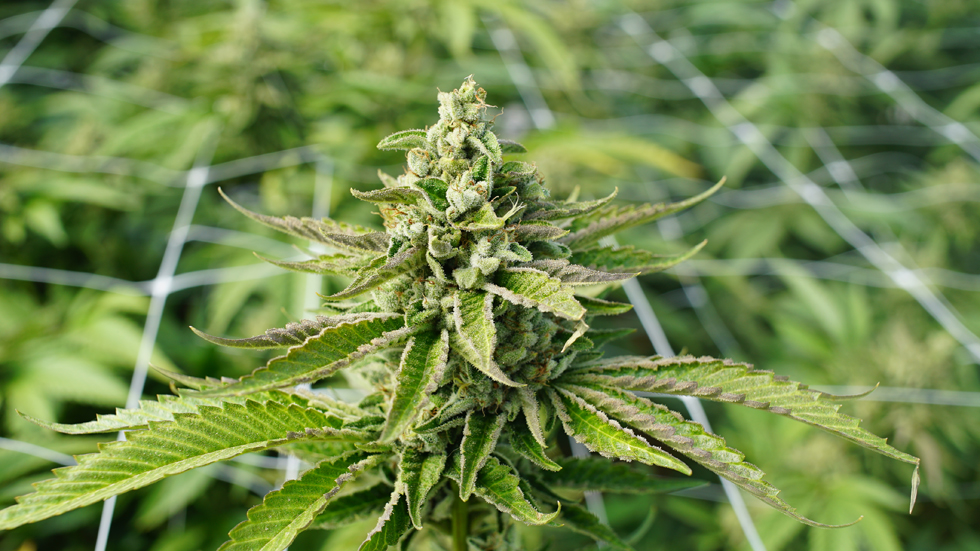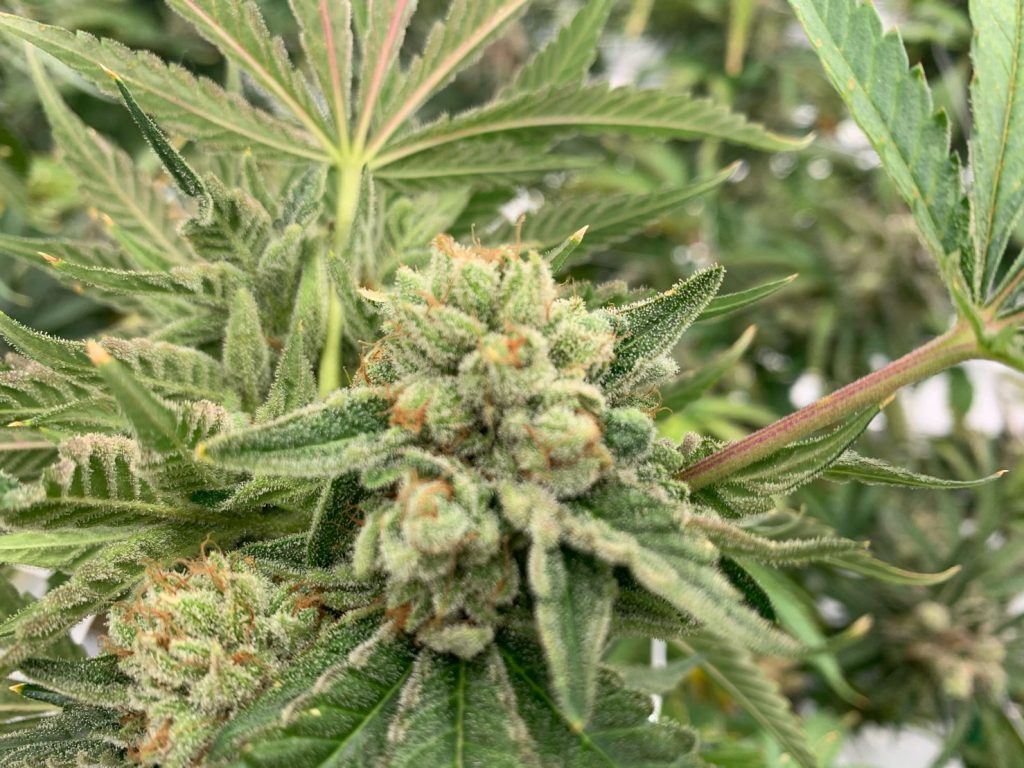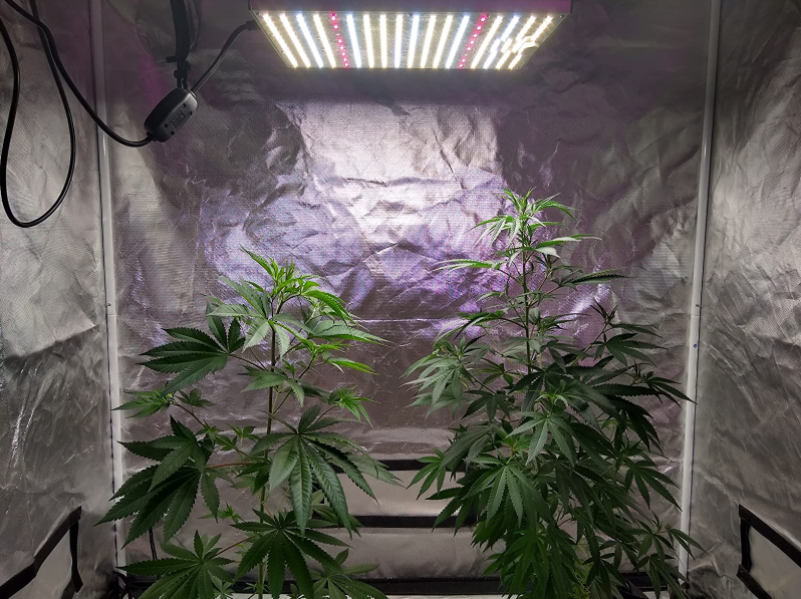How To Make Weed Plants Grow Faster
Gardening is usually a slow, meditative, and therapeutic process. It is not a hobby that revolves around instant gratification. Long-term investment and hard work pay off months after the seeds have been sown.
However, when it comes to cultivating cannabis, some growers simply do not have the time to spare. There are several reasons for this. Some cultivate the herb on a commercial scale, so the more frequently they can harvest their crop, the faster the turnover is. Other growers, who cultivate for personal use, simply want a stash as fast as possible.
Luckily for all these groups of growers, cannabis is a versatile species that can handle a broad range of environmental conditions. Environmental factors ultimately dictate how cannabis grows, and humans have mastered agriculture to the point that we can influence growing speed; at least to a degree.
With this being said, speeding up the process can potentially harm the quality and diminish the yield of the end product. You have to ask yourself whether you want more weed or faster weed.
Grow Autoflowering Cannabis
As a general rule, autoflowering cannabis will mature at a faster rate than photoperiod strains because they contain a percentage of ruderalis genetics. Ruderalis is a species of cannabis that evolved naturally in cold places like Siberia where the summers are very short. They had to develop the ability to produce flowers and seeds quickly to ensure the survival of the species.
Most autoflowering hybrids will start to flower 2 weeks after germination and can be harvested about 7 weeks later. For example, a certain auto strain, completes its full life cycle in 8 weeks and still yields up to 150 grams per plant.
Breeders are now reducing the amount of ruderalis they use to create autoflowering hybrids in order to increase yield and potency. As a result, some may take a little longer to be harvest-ready, or require a 20/4 or 18/6 light cycle for flowering.
If you prefer to go with traditional, photoperiod strains, then make sure to choose seeds with short flowering times. Always buy seeds from reputable and established sellers who will display growing and flowering times on their websites.
Shorten The Lighting Schedule
With photoperiod strains, you can manipulate the light schedule in the flowering stage to get buds to mature faster. Although most plants will start flowering when they get less than 13 or 14 hours of light a day, it can take them a long time to “finish” and be ready to harvest with days that long.
Because of that, it is recommended to give plants 12 hours of light each day, and 12 hours of dark to get the plant to start flowering because plants usually finish maturing in about 8-12 weeks after the switch to 12/12.
However, some sativa and Haze strains are from the equator, and they may not flower properly under a 12/12 light schedule. In that case, a grower can give a plant 10 or 11 hours instead of 12 hours of light a day. This can be done to any strain and will cause the plant to finish flowering faster.
The one downside is that a shorter flowering stage with fewer hours of light each day means that buds get less time to grow in size and you will end up with smaller yields.
Therefore it is not recommended to try to get a plant to finish flowering in less than 8 weeks, as you will end up with very small yields. This technique is best used if you have a plant that has been flowering for 2-3 months and does not look like it plans on stopping any time soon.
The less light you give your plant overall during its life, and especially in the flowering stage, the less your yields will be in general. A strain that takes longer to finish flowering usually produces bigger yields than a short-flowering strain because it gets so many extra light hours where it is making energy and fattening buds.
An autoflowering plant gets a solid yield despite it going from seed to harvest in just 3 months. A big part of that is because they get 18 hours of light a day during their entire flowering period (compared to only 12 a day for regular plants). This gives the plant more light each day to produce buds, resulting in bigger yields.
Make Sure The Nutrients Are Precise
Nutrients are also key for faster cannabis cultivation. This is primarily because any deficiencies in certain nutrients will result in various symptoms that slow growth and potentially reduce yields. Cannabis plants are hungry for increased levels of nitrogen during the vegetative phase and increased levels of phosphorus and potassium during flowering.
To keep things simple, you can always purchase nutrient formulas specifically designed for both of these phases to make sure your plants get everything they need at the correct time. Moreover, you should always be diligent about checking pH to ensure your plants can uptake the nutrients they are being given.
Grow Indoors
Growing outdoors can be more convenient and vastly cheaper for those who happen to live in a place with great growing conditions since the sun and nature are doing a lot of the work for you. But outdoor growing is not the fastest way to grow and harvest your crop. Though there is an exception.
Outdoor grows must be planted in the spring and left to mature until late fall before harvesting. That means that outdoor grows can take over 6 months all in total. The upside is, given the right conditions, you can grow huge plants in that time, that produce great yields.
Yet growing indoors gives you the ultimate control over how big your plants get, how long to keep them in the vegetative stage, and exactly when they start flowering among other things.
When speed is the name of the game, you might want to consider hydroponics over soil. You can get faster vegetative growth with almost all hydroponic methods compared to what can be achieved with soil.


